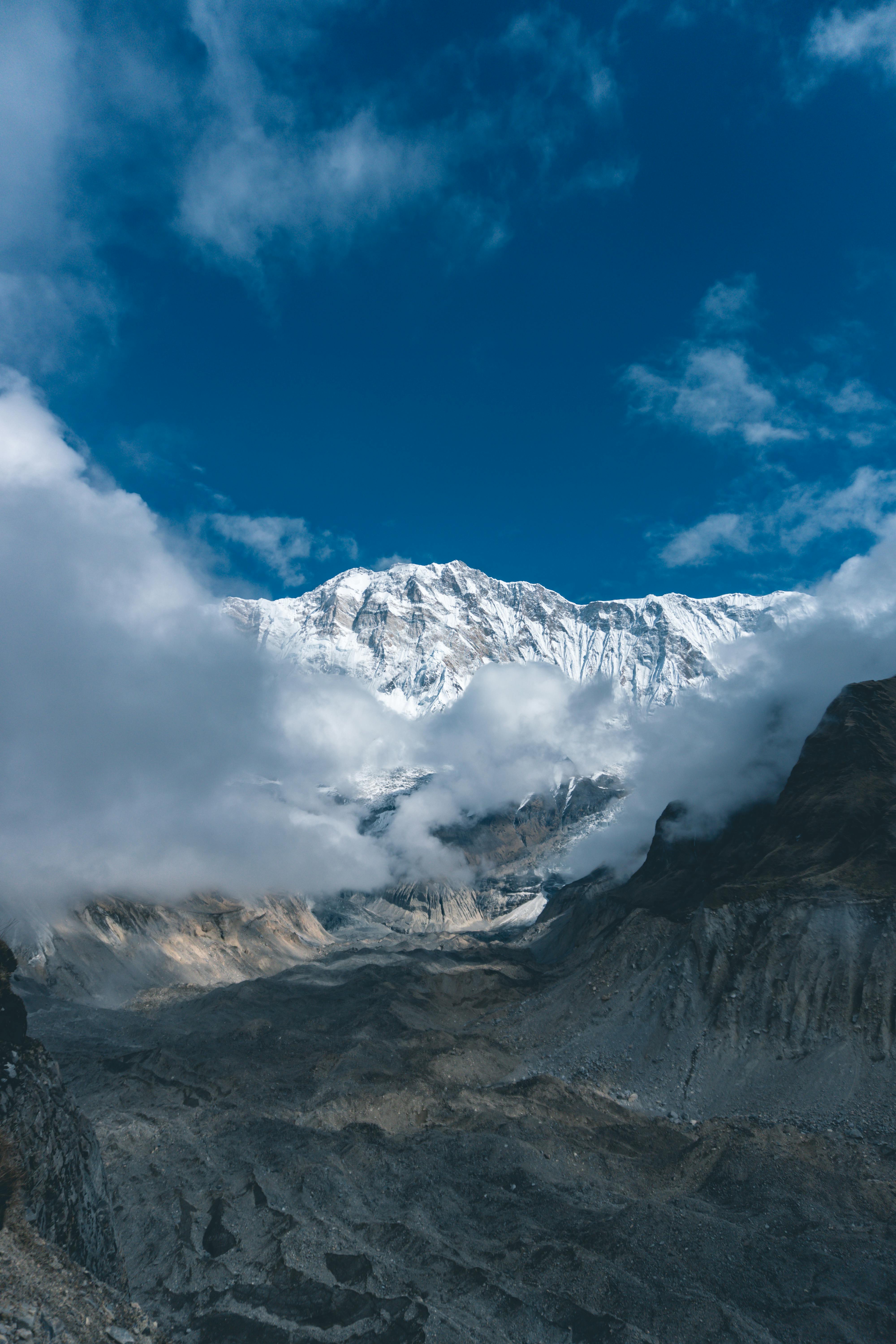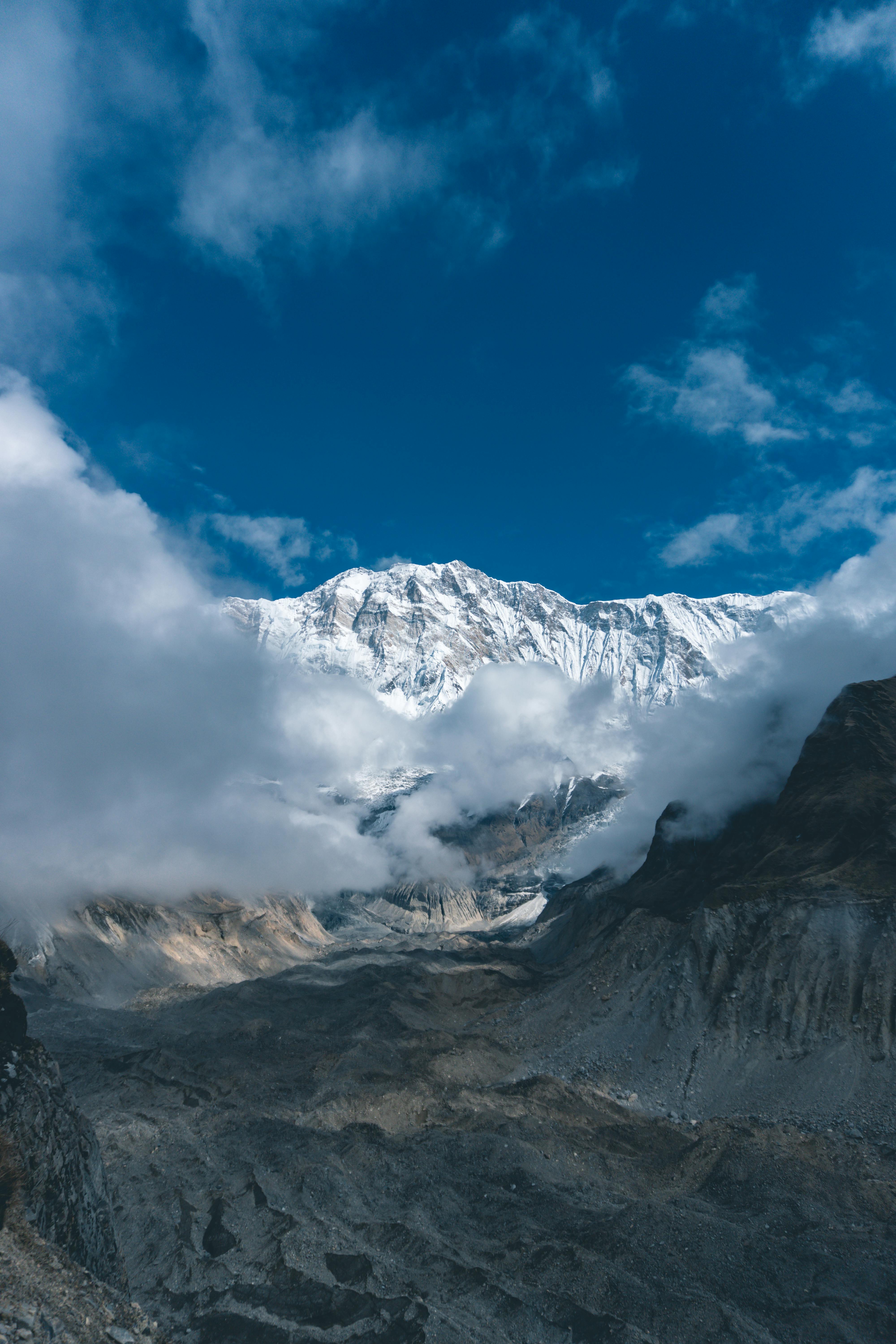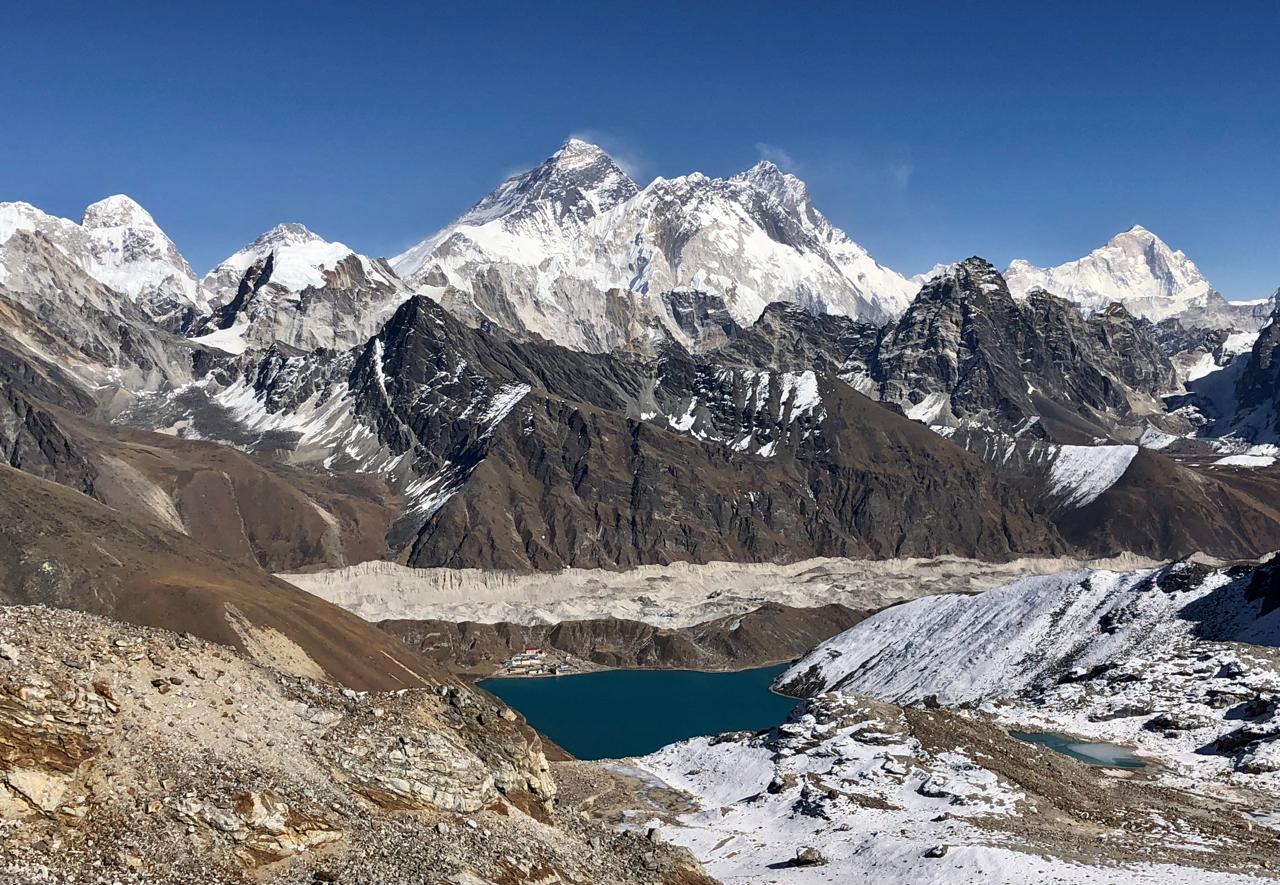Shishapangma (8,027m), the world’s fourteenth-highest mountain, stands proudly as the only 8,000-meter peak located entirely within Tibet, China. Its name, derived from the Tibetan language, translates to “Crest above the grassy plain,” reflecting its serene yet commanding presence above the rolling Tibetan landscape. Though it is the lowest of the 8,000-meter peaks, Shishapangma captivates climbers with its beauty, symmetry, and the sense of isolation that comes from being one of the least accessible Himalayan giants.
The mountain lies just north of the Nepalese border in the Langtang Himal, offering a spectacular panorama of both the Tibetan Plateau and the Himalayan range. The approach to Shishapangma is considered relatively short and direct compared to other 8,000-meter expeditions, which makes it a practical choice for climbers looking for a high-altitude challenge without the prolonged approach treks of peaks like Everest or Makalu. The region’s vast open valleys and pristine glaciers set the stage for an unforgettable ascent through pure wilderness.
Shishapangma presents two primary summit options: the Central Summit (8,013m) and the Main Summit (8,027m). Most climbers initially reach the Central Summit, which involves steep snow slopes and a long summit ridge, while the true Main Summit demands a more exposed and technical final traverse. This last section, though short, requires precise climbing skills, good acclimatization, and favorable weather conditions, adding an element of technical challenge that attracts seasoned alpinists.
Despite its moderate technical grading compared to other 8,000ers, Shishapangma remains a serious undertaking due to its extreme altitude, unpredictable weather, and the logistical complexities of operating in Tibet. Climbers must be well-prepared for prolonged exposure at high elevations and capable of self-sufficiency in harsh mountain environments. However, the expedition rewards perseverance with sweeping views of Cho Oyu, Everest, and the entire Langtang range from its summit ridge a view few in the world ever witness.
The Shishapangma Expedition, organized by Ticino Treks, is designed for strong, experienced high-altitude mountaineers seeking an 8,000-meter challenge with a balanced level of difficulty and well-managed logistics. Supported by veteran Sherpa guides, a fully equipped Base Camp, and expert expedition coordination, climbers receive the highest level of safety and support. Combining Tibetan cultural immersion, technical climbing, and the thrill of standing atop one of the world’s great peaks, this expedition offers an unforgettable journey into the heart of the Himalaya.
Trip Notes:
Best Time to Climb:
-
Spring (April – May) and Autumn (September – October): Best seasons with stable weather and clear visibility across the Tibetan Plateau.
Expedition Highlights:
-
Climb the only 8000m peak entirely in Tibet.
-
Experience the vast, windswept Tibetan Plateau and its unique Buddhist culture.
-
Short approach from Kathmandu via Kerung and Nyalam.
-
Breathtaking panoramas of Langtang, Cho Oyu, and the Everest range.
-
Technical yet achievable ascent for experienced mountaineers.
Climbing Route:
-
Standard Route: North Face via the Northwest Ridge
-
Camp I (~6,400m): Accessed after a glacier approach and moderate snow slopes.
-
Camp II (~6,900m): Established on snow and ice terrain with gentle slopes.
-
Camp III (~7,400m): High camp on the upper snow ridge, used for summit push.
-
Summit (8,027m): Climbers follow the long snow ridge to the Central Summit (8,013m) and continue, conditions permitting, to the true Main Summit (8,027m).
Difficulty Level:
-
Moderate technical difficulty for an 8000m climb.
-
Requires experience on 7000m peaks and confidence using fixed ropes, crampons, and ice axes.
-
Long snow slopes, potential high winds, and altitude challenges.
-
Recommended for experienced and well-acclimatized climbers.
Key Challenges:
-
High winds and rapidly changing weather on the Tibetan Plateau.
-
Crevasses and snow bridges during the glacier approach.
-
Exposure on the final summit ridge.
-
Altitude adaptation above 7,000m critical for summit success.
Training & Preparation:
-
Physical Fitness: Excellent endurance, stamina, and strength required.
-
Technical Skills: Proficiency with ice axe, crampons, and fixed rope systems.
-
Experience: Prior ascent of at least one 6,000m–7,000m Himalayan peak recommended.
Safety Considerations:
-
Medical Support: Expedition doctor and oxygen system available.
-
Communication: Satellite phone and radio link between camps.
-
Weather Forecasting: Regular updates from professional meteorologists.
-
Emergency Evacuation: Coordination with Tibetan authorities for rescue logistics.
Permits Required:
-
Shishapangma Climbing Permit (issued by CTMA – China Tibet Mountaineering Association)
-
Chinese Visa & Tibet Travel Permit
-
Environmental & Liaison Officer Fees
-
Entry Permit for Mountaineering in Tibet











